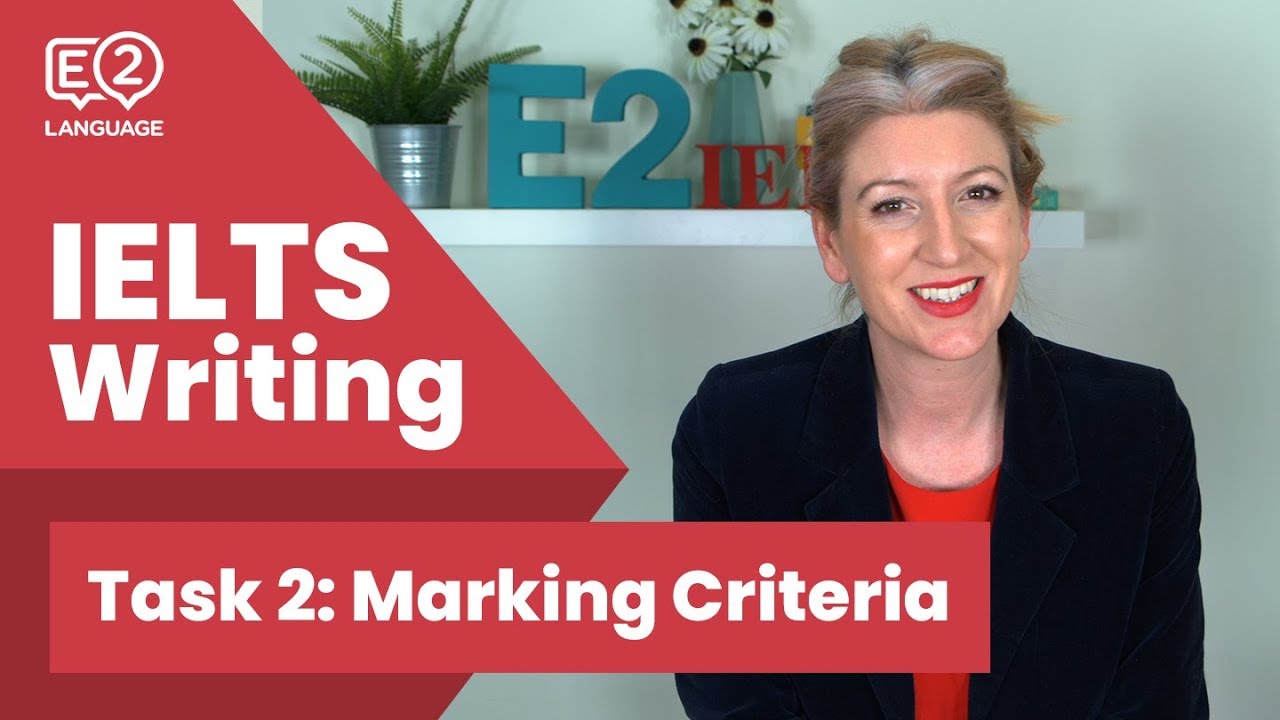BAND 9 IELTS Writing Task 2 LINKING WORDS
Summary
TLDRIn this video, Asiya explains how to use a variety of formal linking words to improve IELTS Task 2 essays. She demonstrates the correct usage of contrast, addition, comparison, and cause-effect connectors such as 'however,' 'although,' 'therefore,' and 'despite,' along with punctuation tips to ensure clarity and coherence. Asiya provides detailed examples of how these linking words can enhance writing, and emphasizes the importance of grammar and punctuation for achieving a high IELTS score. She concludes by encouraging viewers to practice these linking words for better essay structure and higher band scores.
Takeaways
- 😀 Use a range of linking words or connectors to improve the coherence of your IELTS Task 2 essays.
- 😀 Simple linking words like 'but' and 'and' are common, but to achieve a high score, you should use more formal alternatives.
- 😀 When using formal linking words such as 'although', 'however', 'nevertheless', or 'despite', pay attention to punctuation and sentence structure.
- 😀 Punctuation is crucial in IELTS writing, especially when using linking words like 'however', 'nevertheless', and 'despite'. Remember to use commas, semicolons, and full stops correctly.
- 😀 The linking word 'but' can be replaced by 'although', 'however', 'nevertheless', 'despite', and others to show contrast. These words can be used in different parts of the sentence.
- 😀 'However' and 'nevertheless' are used to emphasize a contrast and are often placed between two clauses with appropriate punctuation.
- 😀 The word 'despite' is used differently from other linking words, typically followed by a gerund (e.g., 'despite pushing themselves') rather than a subject and verb.
- 😀 Use linking words like 'while', 'whereas', 'on the other hand', and 'in contrast' to introduce and compare different points of view.
- 😀 When adding new information, use words like 'and', 'as well as', 'along with', and 'besides'. These help to extend your argument or provide additional details.
- 😀 To present additional arguments or ideas in a more complex manner, use linking words like 'moreover', 'furthermore', 'in addition', 'likewise', and 'similarly'.
Q & A
Why is it important to use a range of linking words in IELTS Writing Task 2?
-Using a range of linking words in IELTS Writing Task 2 is crucial for achieving a high score because it enhances the coherence and cohesion of your writing, making it more structured and easier to follow.
What are some common linking words that everyone uses in everyday writing?
-Common linking words used in everyday writing include 'but', 'and', and 'then'. These are simple connectors that join ideas, but they are not formal enough for high IELTS writing scores.
What linking words can be used instead of 'but' in IELTS Task 2?
-'Although', 'however', 'nevertheless', 'nonetheless', 'despite', and 'in spite of' are all more formal alternatives to 'but' for showing contrast.
What is the correct punctuation when using linking words like 'however' or 'nevertheless'?
-When using linking words like 'however' or 'nevertheless', they should be placed between two clauses, and a comma should follow them. Additionally, a semicolon or a full stop should precede these linking words.
What is the grammatical difference between 'although' and 'despite'?
-The word 'although' is used to introduce a clause, whereas 'despite' is followed by a noun or a gerund, not a full clause. For example, 'Although this message can inspire children' vs 'Despite pushing themselves to the limits'.
How can 'while' or 'whereas' be used in IELTS Task 2 essays?
-'While' and 'whereas' are used to contrast two ideas within a sentence, often at the beginning of a new clause. They are helpful when comparing two viewpoints, e.g., 'While some children benefit from this message, others may find it stressful.'
What are some linking words for adding new information?
-To add new information, you can use words such as 'and', 'along with', 'together with', 'as well as', and 'besides'. These linking words help connect additional ideas in your writing.
What is the difference between 'moreover', 'furthermore', and 'in addition'?
-'Moreover', 'furthermore', and 'in addition' are used to add information in a more formal way. They typically start a new sentence and are followed by a comma to smoothly introduce a related point.
How can 'consequently', 'as a result', 'therefore', and 'thus' be used to show consequence?
-These linking words show a result or consequence of an action. For example, 'Many people take out loans to buy a house; consequently, they may end up in debt.' They help link cause and effect in a formal, structured manner.
What is the correct use of 'because of' and 'due to' in formal writing?
-'Because of' and 'due to' are often mistakenly used in place of 'because'. However, they function differently and should not be used interchangeably. 'Because of' and 'due to' require a noun phrase, not a full clause.
Outlines

This section is available to paid users only. Please upgrade to access this part.
Upgrade NowMindmap

This section is available to paid users only. Please upgrade to access this part.
Upgrade NowKeywords

This section is available to paid users only. Please upgrade to access this part.
Upgrade NowHighlights

This section is available to paid users only. Please upgrade to access this part.
Upgrade NowTranscripts

This section is available to paid users only. Please upgrade to access this part.
Upgrade NowBrowse More Related Video

IELTS Writing Task 2 - Vital Information You Need To Know

The IELTS Writing Task 2 Marking Criteria EXPLAINED

IELTS Writing Task 2 Tips: Expressing your Opinion

Grammar for IELTS Writing: Connecting Sentences

Most Band 9 Students Use These 20 Words

IELTS Writing Task 1 Practice Tests | High Score Samples & Strategies
5.0 / 5 (0 votes)